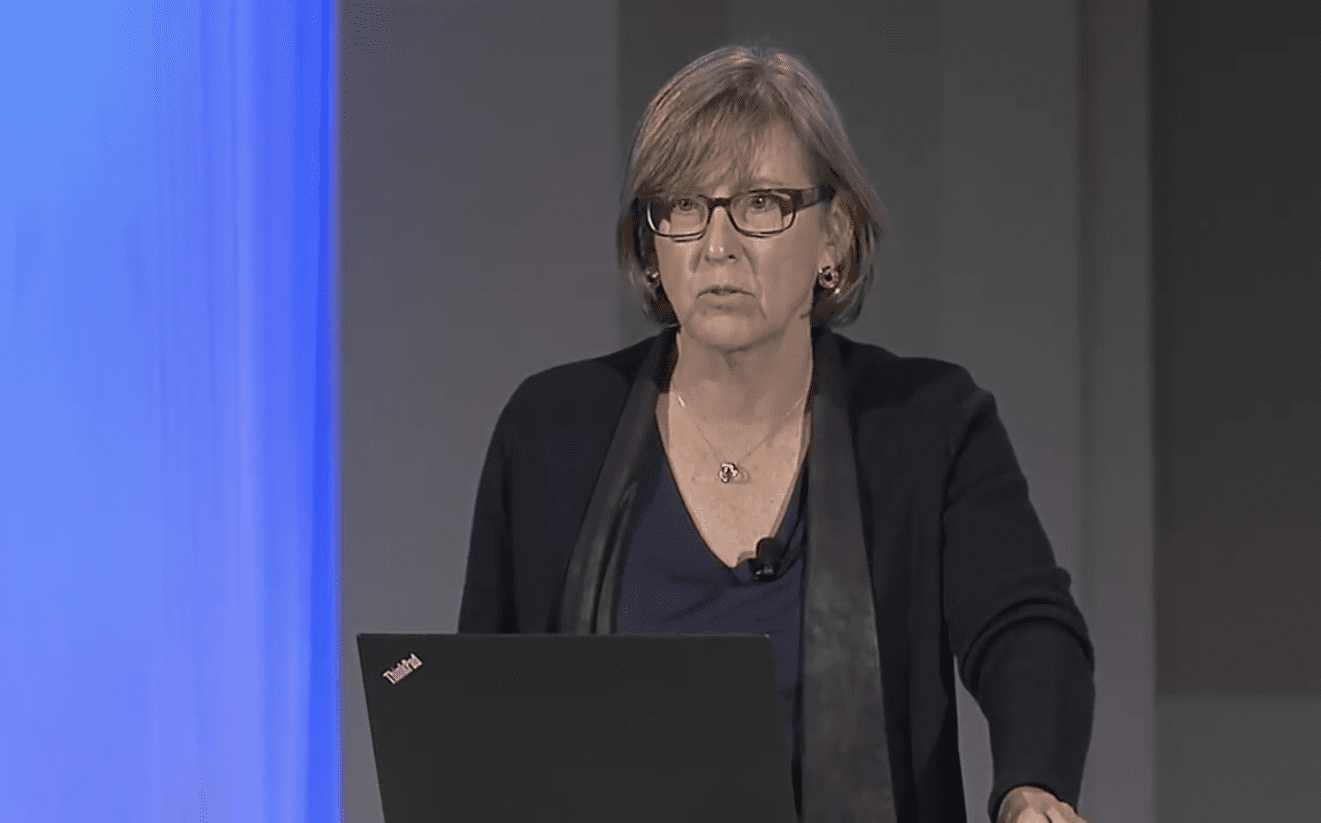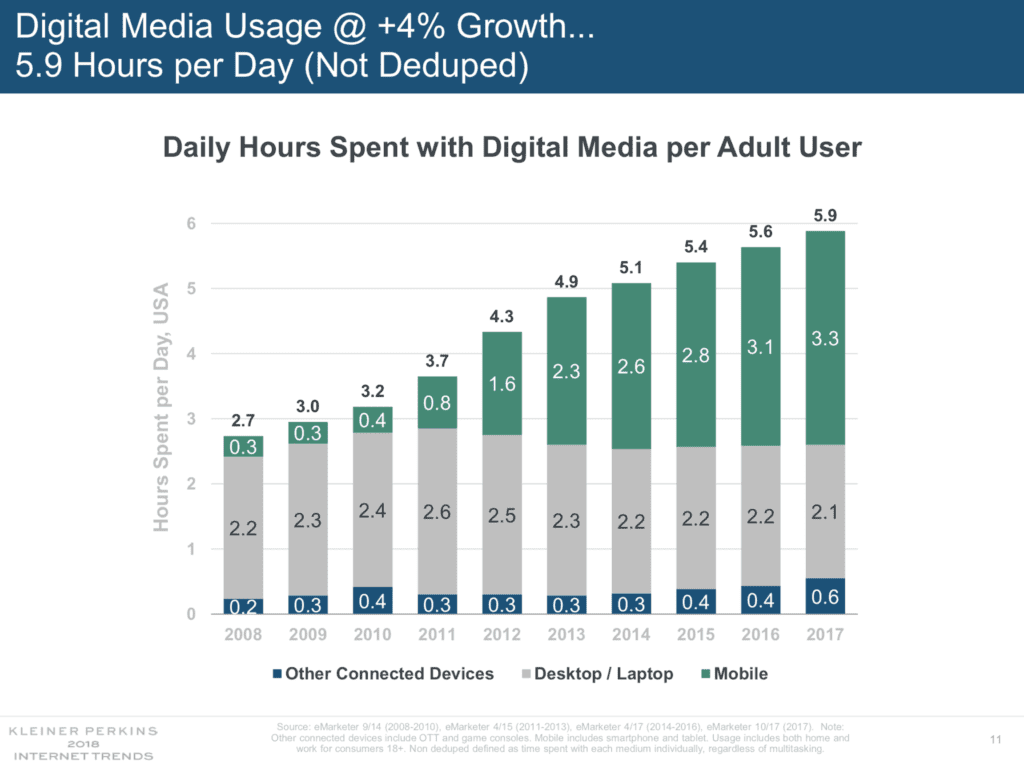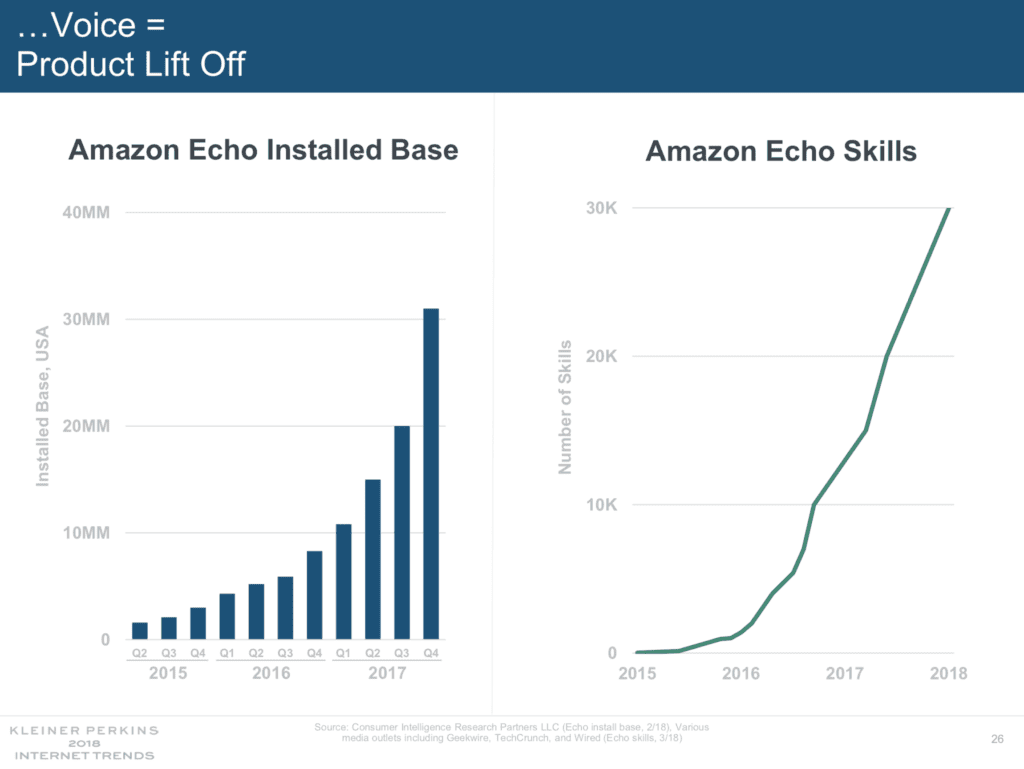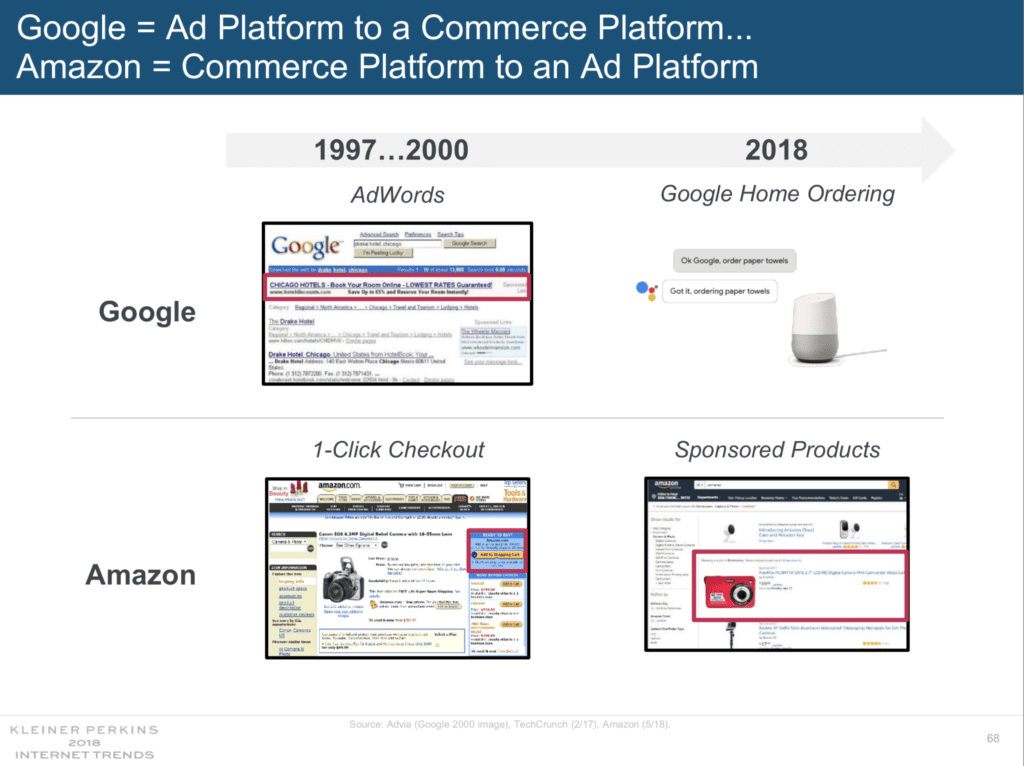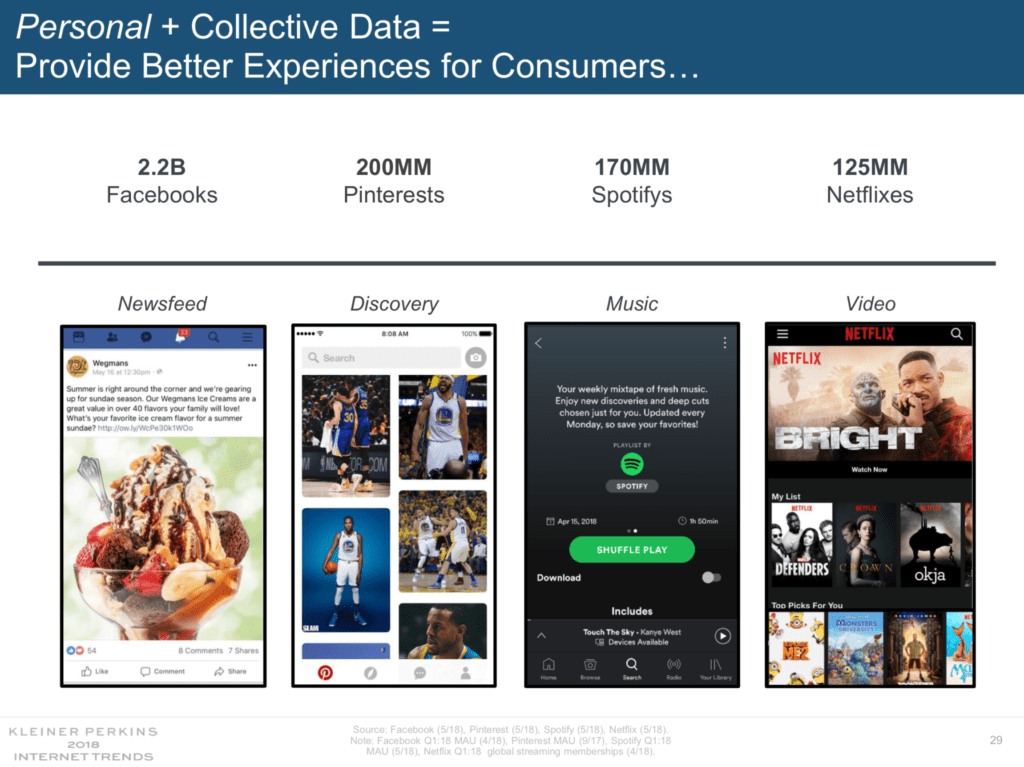The Internet Trends 2018 report from Mary Meeker of Kleiner Perkins is a must read for any advertiser. This sprawling report – a presentation, really – provides pithy insights into the state of digital and offers clues for how advertisers should invest their time and money. Mary Meeker released the report on May 30 and delivered its findings at the annual Code Conference. We reviewed all 300 pages and came up with the following key observations from just some of the content:
- We’re increasingly online and mobile. U.S. adults are online 5.9 hours per day, and 3.3 of those hours – or more than half of our time — were spent on mobile. Both these numbers represent steady increases year over year. In 2010, adults were online a total of 3.2 hours per day, which doesn’t even match how many hours we’re on our mobile devices today. With more of consumers’ time going online, it follows that more brands need to be, as well.
- Voice has reached a tipping point. The Amazon Echo now has more than 30 million users, which is astonishing for a product that launched only a few years ago. In addition, thanks to artificial intelligence, voice assistants are accurate enough to achieve widespread adoption. Businesses need to be thinking of how they express their brands through voice. And with the advent of tools such as Alexa Blueprints that make creating voice-based experiences easier, businesses need to start understanding how voice-first interfaces change the way their customers interact with them in industries such as retail.
- Large technology companies are converging around advertising and commerce. Amazon, traditionally a commerce platform, is expanding its advertising services as more and more people rely on Amazon as their primary search engine. Meanwhile, Google, which built a robust online advertising business, is expanding into commerce with services such as Google Home Ordering, which makes Google Home a vessel for doing business with Walmart. Amazon is an advertising destination even for businesses that don’t have any products on Amazon. Just capturing a share of eyeballs on Amazon is motivation enough to advertise on Amazon.
- Despite concerns about user privacy, people are willing to give up personal data if they can get a personal experience. As Meeker pointed out at the Recode conference where she delivered the report, “With personalization, data improves engagement in experiences and drives growth and scrutiny. Personal collective data provides better experiences for consumers. They’re 2.2 billion Facebooks, 200 million Pinterests, 170 million Spotifies and 125 million Netflixes . . . People putting their data into these products to make their experiences better and then there’s the collective data of many other users that effect a lot of real time products, whether it’s Waze or SnapMap or NextDoor, or Uber Pool.” What this finding tells us is that despite all the bad press that Facebook has received for the way it manages our personal data, everyday consumers are going to remain receptive to businesses asking them to share personal data because the overall value delivered exceeds the occasional negative headline.
We believe that advertising will continue to become more mobile – and, as artificial intelligence adoption ramps up, even more personal. Meanwhile, Mary Meeker’s report offers a useful snapshot for what the near-term future holds. Contact us for more insight into how to grow your brand in the digital world.
